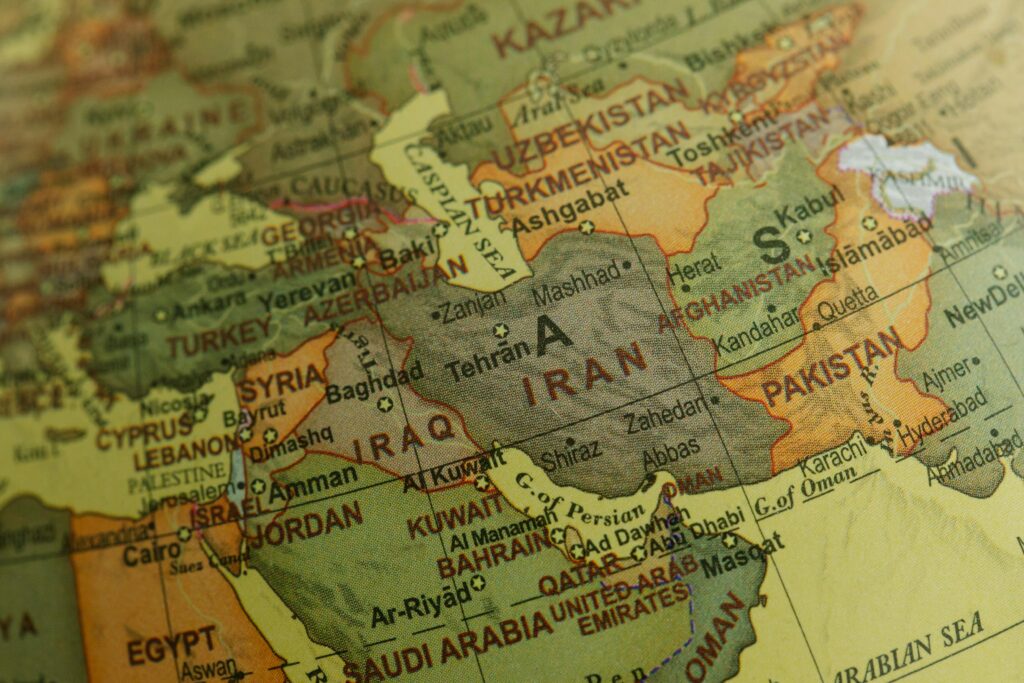The History of the Alawites and their Rise to Power

By: Amir Kobeissi / Arab America contributing writer
The Alawite community widely known as a sect of Shia Islam, has a very long and interesting history in its growth to power in the wider Arab world. While they are more largely known as being a religious minority in Syria and other parts of the Levant, their history dates back to the times of the Ottoman Empire. Despite being persecuted and facing discrimination for a large part of their existence, they have found a way to gain immense power and dominance throughout the 1970s and into the 20th century.
Religious Beliefs
The Alawites have a very secretive and distinct set of beliefs that varies significantly from mainstream Islamic ideology and practice. Their name, Alawites, means followers of Ali, who is a very high regarded caliph and the prophet Muhammad’s son-in-law. Them having such a large commitment to following only Ali has made them in a sense drawn away from that of the regular Muslim world, and often hold their practices and traditions private and sacred among each other.
One particular belief they have is a trinity which does not exist within that of Sunni nor Shia Muslims. Similar to that of Christianity the Alawites also have a Trinity. Their trinity consists of Ali, Muhammad, and Salman Al-Farisi, who was also a companion of the Prophet Muhammad. The sects openness to other religions as well distinguishes them even further from that of your average Muslim. Often celebrating Christian holidays like Christmas, makes it even harder for one to distinguish what they really follow.
Discrimination
The Alawite community first came to place in the Syrian coastal regions, most notably in Latakia, Tartus, and even in some southern areas of Turkey. These areas made their communities appear much more private and gave them some sort of protection from the other major cities within the region. This was not all that good though, as this also forced them to appear as outsiders, and make it easy for others to take advantage of and discriminate against them. Not following the majority of the countries religion of Sunni Islam made it easier for people to make stereotypes against them ,and false claims in which may have promoted violence and anger within others in the area.

Rise To Power
After undergoing years and years of marginalization and persecutions, the Alawites were finally able to rise to power through their impact in military and political influence across Syria. This first began when Syria’s former president Hafez Al-Assad who was also an Alawite came to power in the early 1970’s and promised to ensure the safety of the Alawite minority in the country. This helped transform the Alawites from a once poor and struggling community to one of the most powerful groups within the country.
Throughout his rule, he aimed to make sure that Syria could maintain a grip to this kind of power for years to come. Holding on to important military positions and widening its capacity, he strived to continue on the legacy of his family for the foreseeable future of Syria.
In the year 2000 Hafez Al-Assad had passed away, and his new successor and son Bashar Al-Assad came to takeover and continue his Legacy. He too continued to use the same style of rule of his father and strived to ensure everything would happen his way, but this soon this all quickly changed.
Challenges and Uprisings
The Alawites despite facing much less struggles and challenges like they once did, did not have everyone in the country on their side. Many people within Syria were not very favorable of this new ruling power, and wanted a say in what their country and government should look like. This later sparked a massive Civil War in 2011, which split the country up significantly, forcing millions to be displaced or killed. This put the Alawites in a very tough position, and they had struggled significantly to maintain a grip on their power.
Future In A New Syria
In December of 2025, a group by the name Hayat Tahrir Al-Sham saw an opportunity to seize power over the country after Syria’s government allies’ had been weakend in wars with Israel and Ukraine. It took them only 10 days for them to reach Damascus and take control over the majority areas in the country. No longer being under the control of their once Alawite president, the Alawites face fear that they will go back into isolation and persecutuon like they once did. Today the Alawites face new challenges and their fate remains uncertain.

Want more articles like this? Sign up for our e-newsletter!
Check out our blog here!


